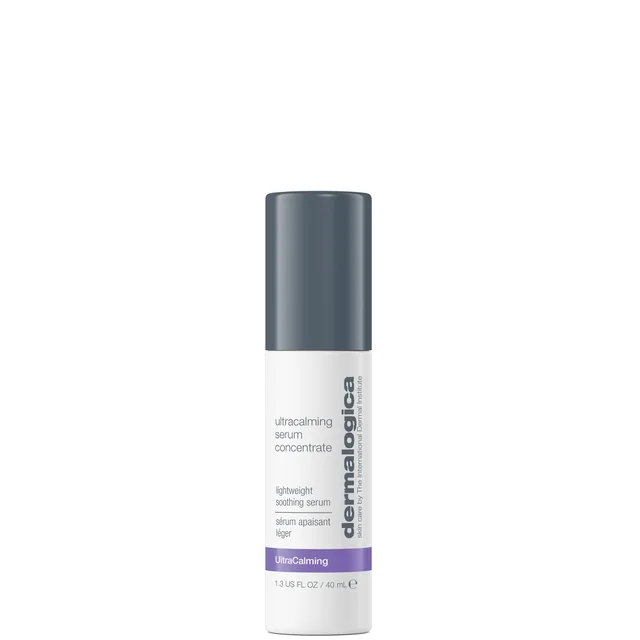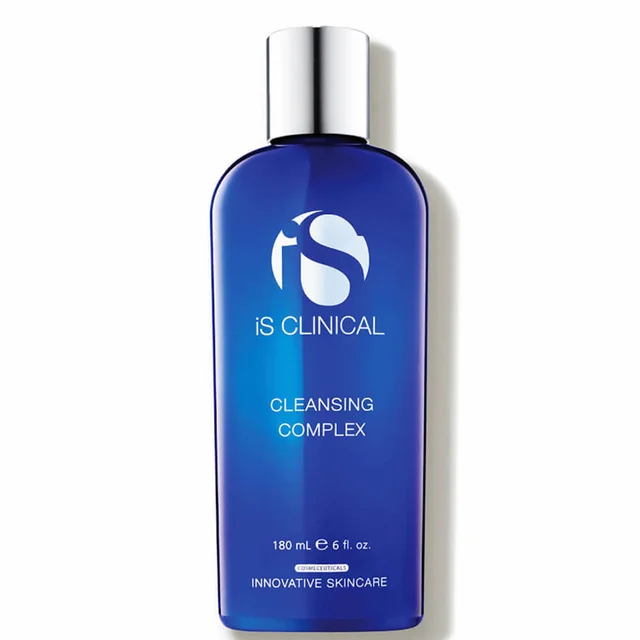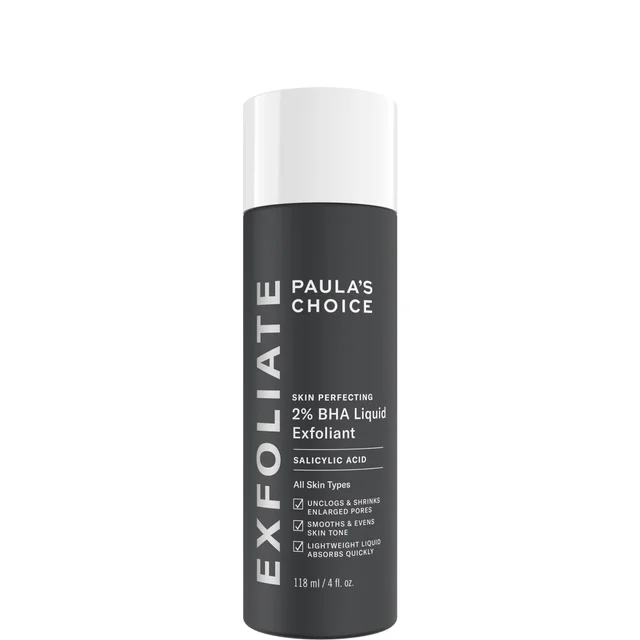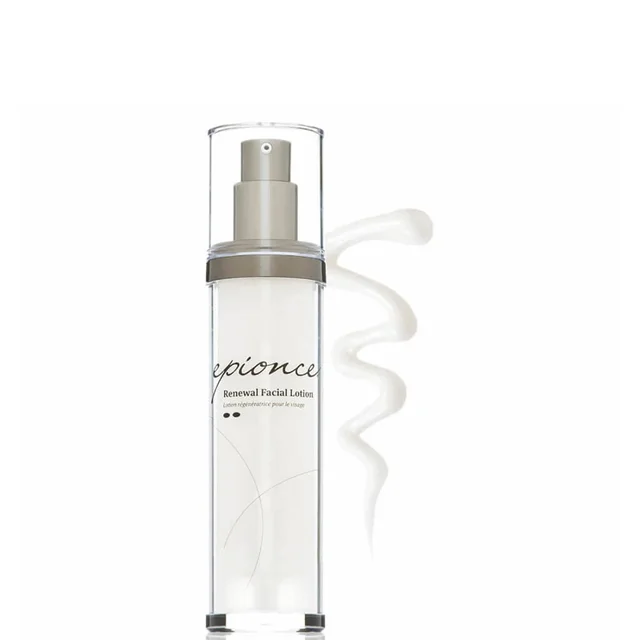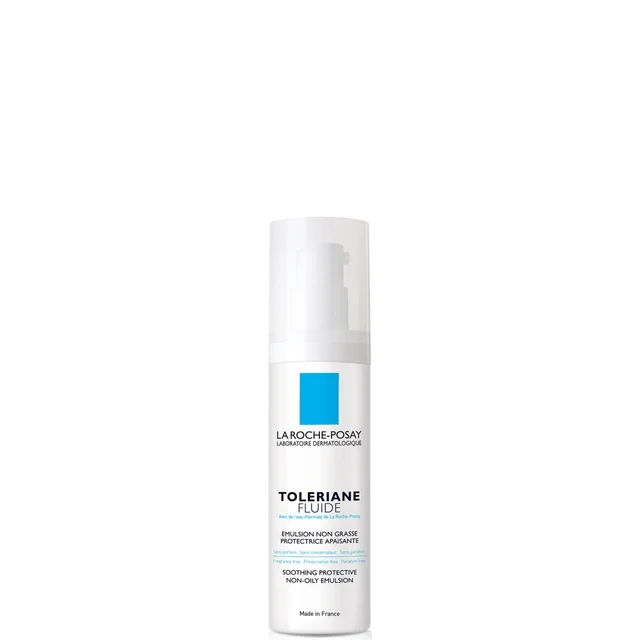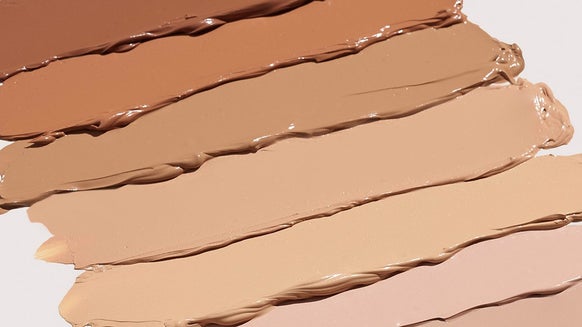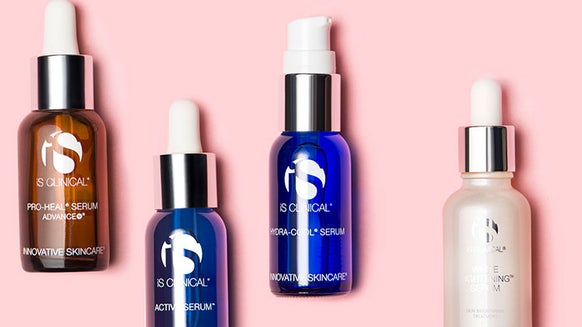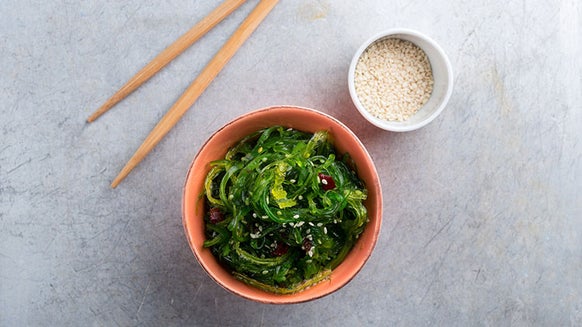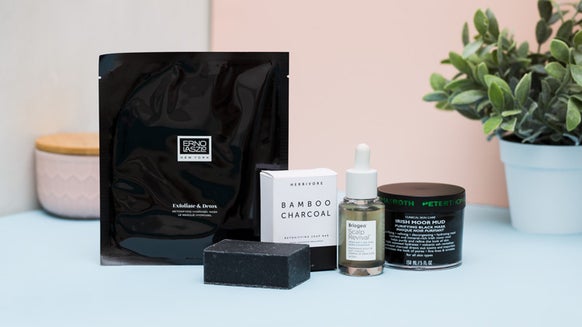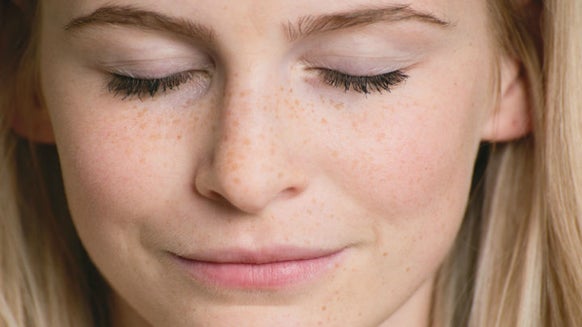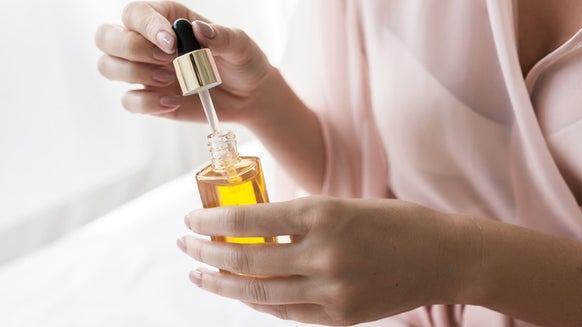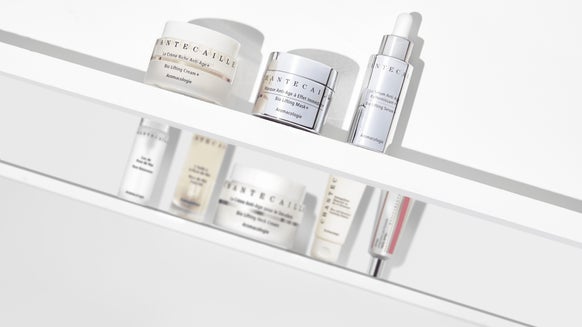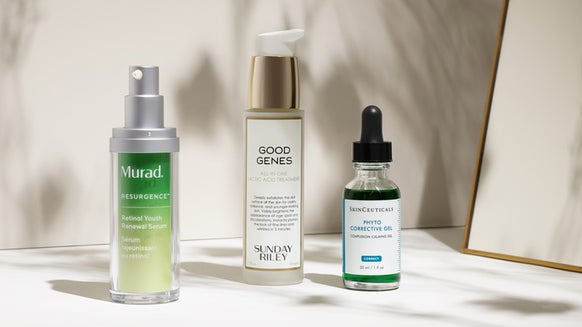What Are the Different Types of Rosacea?
It's not uncommon to see a rosy glow on your face or chest after a workout or some time in the sun. But if that glow never fades, you may be suffering from the skin condition rosacea. Although most commonly affecting middle-aged and menopausal women, rosacea can really strike anyone. Rosacea comes in varying degrees of intensity with one version even affecting the eyes. Understanding the subtle—or not-so-subtle—symptoms of each type can help treat the condition.
Eye Involvement
Rosacea can affect the eyes as well as the face in a condition called ocular rosacea. Your eyes may be chronically bloodshot, burn, feel dry or sting. Swollen eyelids and styes—inflamed, infected spots on the edge of the eyelid—are possible. A gritty feeling, like there's sand in the eyes, light sensitivity and blurred or impaired vision are also possible effects. Researchers aren't certain why the eyes are vulnerable to rosacea; it could be due to inflammation and blocked glands in the eyelids or heredity or environmental triggers. Ocular rosacea may even precede the skin symptoms, making eye discomfort difficult to diagnose as rosacea. Diligence about keeping your eyelids clean and possibly undergoing procedures recommended by your doctor are the only ways to relieve ocular rosacea.
Bumps and Pimples
Red skin can reveal pustules and bumps in papulopustular rosacea, another subtype of rosacea, which also affects the face. Raised red patches, known as plaques, can appear in more severe, less common forms of papulopustular rosacea. Usually, these bumps concentrate around the nose and cheeks. These acne-like breakouts tend to come and go, almost at will. Rosacea is a spectrum. Some physicians consider papulopustular rosacea to be acne rosacea. Alternatively, some believe that there are patients who have both acne and rosacea, also known as acne rosacea—which is treated with oral antibiotics.
Facial Rosacea
People with "facial rosacea" or erythematotelangiectatic rosacea, experience regular redness in the face, as if always blushing. As the condition persists, some patients may develop stinging, burning and swelling. A hot shower, exercise, high temperatures, stress or an alcoholic drink can also increase redness in sufferers. No cure for rosacea exists, but avoiding your triggers can help you keep flare-ups to a minimum. A regular facial cleaning routine includes using a gentle cleanser on the face every morning—choose one without grains or abrasive qualities. Use lukewarm water to rinse the face and allow your skin to air dry before applying any medication. After allowing the medication to seep in for about 10 minutes, apply a moisturizer with sunscreen, since the sunlight can worsen rosacea.
Enlarged Nose
Although more common in men, women can also experience the subtype of rosacea known as Phymatous Rosacea or Rhinophyma. The famous comedian W.C. Fields and former President Bill Clinton have this red, swollen and sometimes-bumpy nose. Excess tissue causes the nose to change shape and thicken the skin. In rare cases, the thick skin may also show on the chin, forehead, cheeks and ears. Always use sunscreen on an affected nose and talk to your dermatologist about possible laser therapy to reduce the excess tissue.
This article has been reviewed by board-certified dermatologist Dr. Emmy Graber.

From the latest hair and makeup trends to the best solutions for your skin issues, we've got all your beauty concerns covered!
